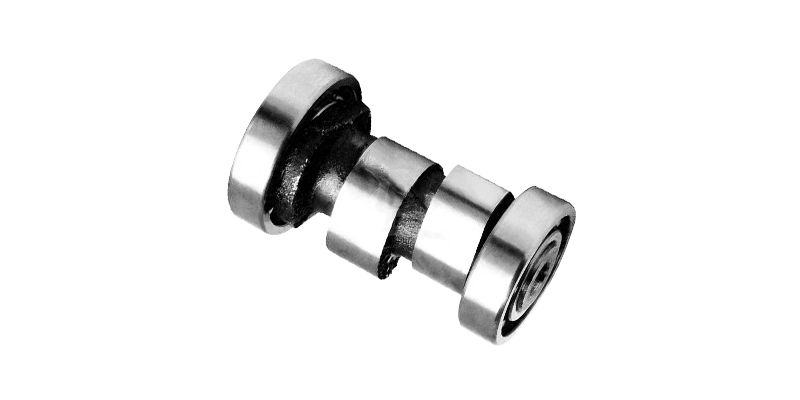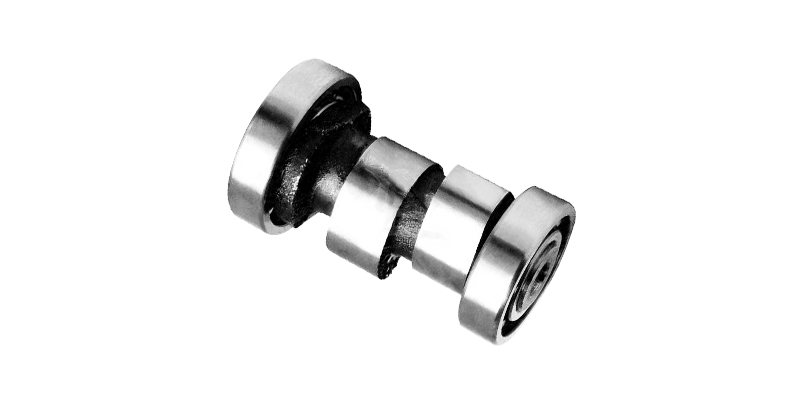- Contact Innally, Let you purchase forgings in China more favorable prices, products more assured!
- Hotline:+(86)15038323776 Email:innally@innally.com
What is motorcycle camshaft forgings?
- Category: Motorcycle forging, Steel forgings
- |
- Date: 21/08/2023
Motorcycle camshaft forgings play a key role in controlling Angle and time in the engine. The camshaft is composed of a number of different shapes of cams, which control the opening and closing of the intake valve and the exhaust valve respectively.
- Can be customized according to the specific model
Product Details
Motorcycle camshaft forgings are important components in motorcycle engines, which are used to control the opening and closing time and duration of the valve to ensure the precise coordination of the combustion chamber airflow and fuel injection. It is usually manufactured by a high temperature forging process as well as the choice of alloy steel materials.
Motorcycle camshaft forgings play a key role in controlling Angle and time in the engine. The camshaft is composed of a number of different shapes of cams, which control the opening and closing of the intake valve and the exhaust valve respectively. Through the design of cams on the camshaft, precise valve opening and closing timing can be achieved to optimize combustion efficiency and power output at different speeds and load conditions. At the same time, the camshaft can also control the continuous opening time of the valve to adapt to different working modes and driving needs.

The manufacture of motorcycle camshaft forgings requires consideration of several factors. The first is the choice of materials, camshafts are usually made of high-strength alloy steel materials, such as 40Cr, 42CrMo, etc., to ensure strength and durability in high-speed rotation and high-temperature environments. The second is the manufacturing process, the camshaft is usually made of hot forging process, through heating and forging, so that the material has a good deformation ability at high temperature, while ensuring the uniformity and density of the fine tissue inside the camshaft.
The manufacturing process of motorcycle camshaft forgings generally includes the following main steps. The first is the preheating treatment, which usually uses a high temperature furnace to heat the steel to improve its plasticity and deformation ability. Hot forging is then carried out in a specific die, using mechanical force to press and deform the heated steel to form the initial shape of the camshaft. Next, the final camshaft shape and size are gradually achieved through multiple forging, trimming and correction. Finally, heat treatment processes, such as quenching and tempering, are carried out to enhance the hardness and toughness of the camshaft.
The manufacturing quality of motorcycle camshaft forgings is directly related to the performance and reliability of the engine. A precisely manufactured camshaft enables accurate valve control, which increases the engine’s combustion efficiency and power output. Therefore, in the manufacturing process, it is necessary to strictly control each process link to ensure that the geometric accuracy, surface finish and internal organizational structure of the camshaft meet the requirements.
To sum up, the motorcycle camshaft forgings are the key components that control the timing and duration of valve opening and closing in the engine. Its manufacture requires consideration of factors such as material selection, process design and manufacturing quality. Precisely manufactured camshafts provide precise valve control to optimize engine performance and provide superior power output and driving experience for the ride.
ayu
INNALLY mainly provides you with various types of cast and forged parts products. Welcome your inquiries! innally@innally.com
Search
Forging center
- Steel forgings
- Aluminium alloy forging
- Titanium alloy forging
- Stainless steel forging
- Copper forging
- Automotive forgings
- Locomotive forging
- Bicycle forgings
- Motorcycle forging
- Rigging and fasteners
- Bearing forging
- Electric power fittings
- Marine forging
- Mechanical forgings for metalworking
- Mining machinery forgings
- Marine engineering forgings
- Construction machinery forgings
Popular product

© 2025. All Rights Reserved.







